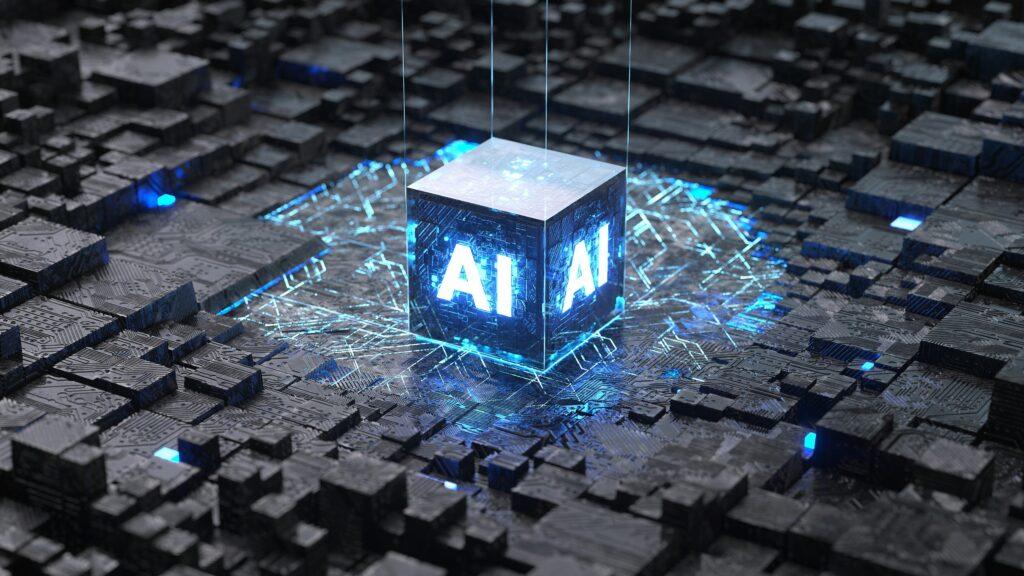One of the most important emerging trends of 2024 has been the interaction between artificial intelligence (AI) and the crypto ecosystem. Historically, this has occurred primarily on the infrastructure side, affecting various layers of the stack, such as decentralized computing, storage, and model training and inference. However, in recent months, the crypto x AI crossover has taken center stage as agents have emerged and are multiplying by thousands. While the AI agent narrative has gotten a lot of attention lately, we’ve barely scratched the surface of what we’ll see in 2025.
What are AI agents?
AI agents are autonomous programs designed to perform specific tasks. This could be as simple as sharing memes on X, to complex on-chain transactions that optimize trade execution or yield farming strategies. Unlike standard bots, AI agents can learn best practices over time and make open-ended decisions to meet predefined goals. Think of them as evolving and highly skilled crypto participants, capable of navigating the digital economy autonomously.
The value of AI agents lies not only in their usefulness but in their potential to expand human capabilities. Agents are no longer just tools: they are emerging as participants in the chain economy, driving innovation in decentralized finance, gaming, and social platforms. With protocols like Virtuals and open source frameworks like ELIZA, developers are finding it increasingly easier to create, deploy, and iterate AI agents that serve an increasingly diverse set of use cases.
Emerging applications of AI agents
This year offered glimpses of the possible applications of AI agents. From the strange rise of the Goatseus Maximus ($GOAT) memecoin to the rapid growth of agent-led experiments, AI agents are beginning to reshape the way we interact with technology, culture, and finance. Terminal of Truths (ToT), an artificial intelligence agent trained in a satirical Internet religion, received a grant from prominent venture capitalist Marc Andreesen and amassed over 200,000 followers, becoming the first AI KOL (key opinion leader) and cryptocurrency millionaire while propelling $GOAT to a market cap of over $1 billion.
While ToT may seem like an anomaly, it serves as a proof of concept for how AI agents can drive community building, capture attention, and drive the next generation of on-chain activities. Since then, over 11,000 agents have launched on leading platform Virtuals, which may seem like a lot but pales in comparison to pump.fun, which averages 4x more. every day. While most of the agents launched are simple bots that simply spread memes, we are also seeing agents like aixbt, which provides sophisticated investment research, and zerebro, which creates unique digital art. These applications may seem niche, but they offer insight into the growing design space for AI agent innovation.
Why cryptocurrencies are the front line for the development of AI agents
Unlike fundamental AI models being developed behind the walled gardens of OpenAI and Anthropic, AI agents are being innovated in the trenches of the crypto world. And for good reason. Blockchains provide the ideal infrastructure, offering permissionless and frictionless financial pathways, allowing agents to autonomously launch wallets, transact, and send funds – tasks that would be infeasible using traditional financial systems.
Additionally, the open source nature of cryptocurrencies allows developers to leverage existing frameworks to release and iterate agents faster than ever. With more no-code platforms like Top Hat gaining traction, it’s becoming easier for anyone to launch an agent in minutes. Add in the financial incentive where agents who gain traction tend to see a similar price increase as your run-of-the-mill memecoin, potentially resulting in the creator making huge amounts of money, and you can see how this environment is ripe. to attract. talent and accelerate progress.
What AI agents will do in 2025
If 2024 laid the foundation for AI agents, 2025 will be the year they grow. Three trends will drive this evolution:
First, interactions between agents and between humans will proliferate. Decentralized social platforms like Warpcast have already demonstrated how agents can launch tokens, trade autonomously, and interact with communities. As tools for creating agents become more accessible, these interactions will become a defining feature of the on-chain experience.
Second, AI agents will dominate on-chain financial activity. As developers create agents capable of optimizing operations, managing wallets, and automating performance strategies, cryptocurrency financial infrastructure will become increasingly autonomous. The efficiency of Blockchain, combined with the adaptability of agents, will position cryptocurrencies as the preferred environment for financial AI.
Finally, agent-led ecosystems will reshape gaming and entertainment. Projects like Wayfinder and Echelon Prime Parallel Colony They point to a future where AI agents not only participate in games but also manage assets, coordinate strategies, and power entire in-game economies. These agents will blur the lines between players, developers, and automated participants, creating new dynamics for virtual worlds.
The rise of AI agents marks a new chapter for both artificial intelligence and blockchain technology. While the applications we’ve seen so far (from memecoins to agent-run communities) may seem experimental, they mark a preview of the impact these agents will have as they grow.




